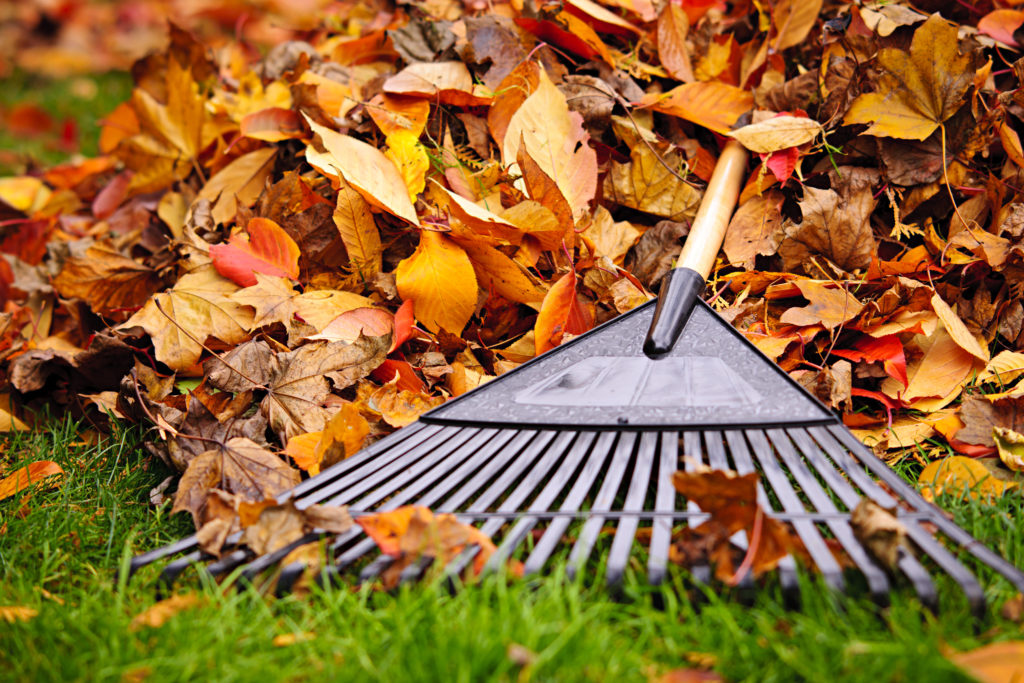
When it’s time to say goodbye to summer, you don’t want your lawn to be left behind. Before the cold weather hits, take some time to prepare for winter and ensure that your grass is healthy enough for the next season. The following tips will help you out:
When it comes to mowing your lawn, there are a few things you need to keep in mind. First, make sure that you’re cutting the grass when it’s dry. If you cut when it’s wet, then you run the risk of damaging your mower and making your lawn look worse than before you started mowing. Also, keep in mind how tall your grass should be: too short can cause problems for other areas of your yard; too long can lead to disease and other issues down the road.
Depending on where you live, you may want to consider using a mulching mower instead of bagging or blowing clippings away with your leaf blower. Mulching will cut down on time spent raking leaves in autumn and degrades into nutrients that fertilize next year’s lawn through decomposition by microorganisms in soil (think compost). Plus, it can help prevent disease spread as well!
You may be wondering what you can do to ensure your lawn will come through the winter in good shape. One way to do this is by fertilizing before the first frost hits. Fertilizer will help your grass grow through the winter and keep it looking healthy and green when spring comes around again.
Another thing you need to consider with fall lawn care is whether or not it has rained recently. If it hasn’t, then don’t fertilize yet; wait for rain first so that your lawn gets all of its nutrients from water rather than fertilizer, because too much fertilizer can be harmful for your lawn’s soil structure.
Weeding is important, but don’t spend too much time on it. Weed killer is not necessary.
Use a hoe or hand weeder instead of a weed killer. If you use a hoe, be careful not to damage the grass by hitting it with the sharp edge of your tool.
Only use weed killers when necessary and only apply them as directed on their packaging. If you overdo it or misuse them, they can damage your lawn in ways that are harder and more expensive to repair than weeds!
Leaves are an excellent source of nutrients for your lawn, but if left on the ground they can also smother the grass in certain parts of your yard. In general, you should rake up leaves as soon as possible after they fall. Leaves make great compost material and can be used as a mulch around trees and shrubs.
Aeration is the process of removing small plugs of soil from the lawn surface. Aeration helps to reduce compaction and improve water and air penetration into the soil. It also improves turfgrass root growth.
Compaction is the process of reducing the volume of soil. When soil is compacted, it becomes less porous and has fewer air pockets for oxygen to enter into or for excess water to drain out of. This means that oxygen and water have a more difficult time permeating the soil and reaching the roots of plants, causing them to wilt or brown if their roots are unable to get enough air or moisture in order maintain normal health.
With a little preparation, your lawn will be ready for the cold weather to come. The most important step is to plan ahead and act quickly so that you don’t find yourself scrambling to get your lawn ready for winter just before it arrives!